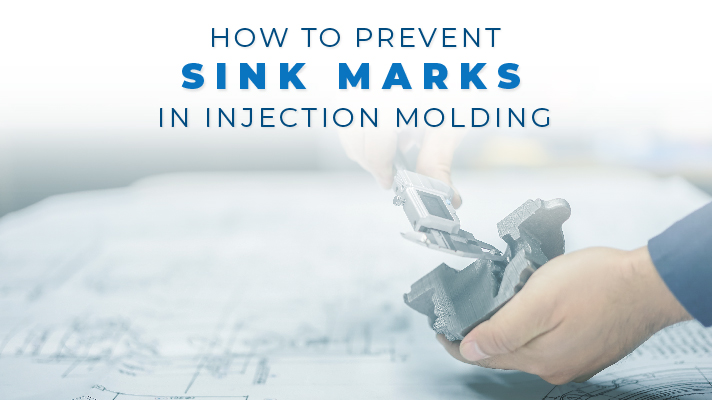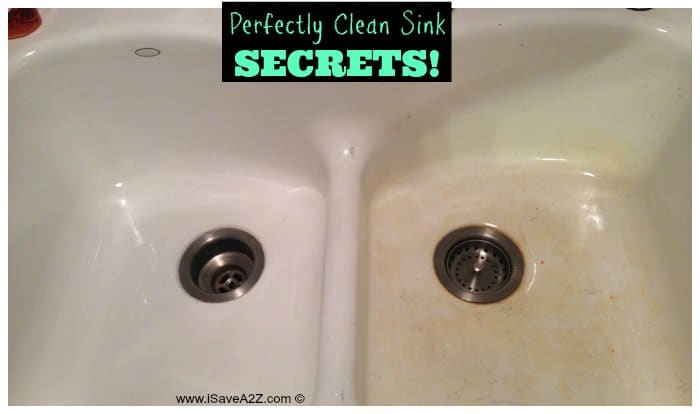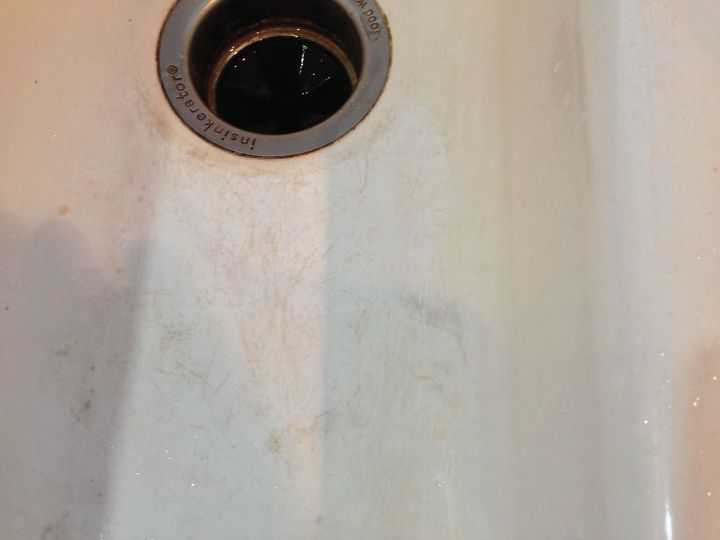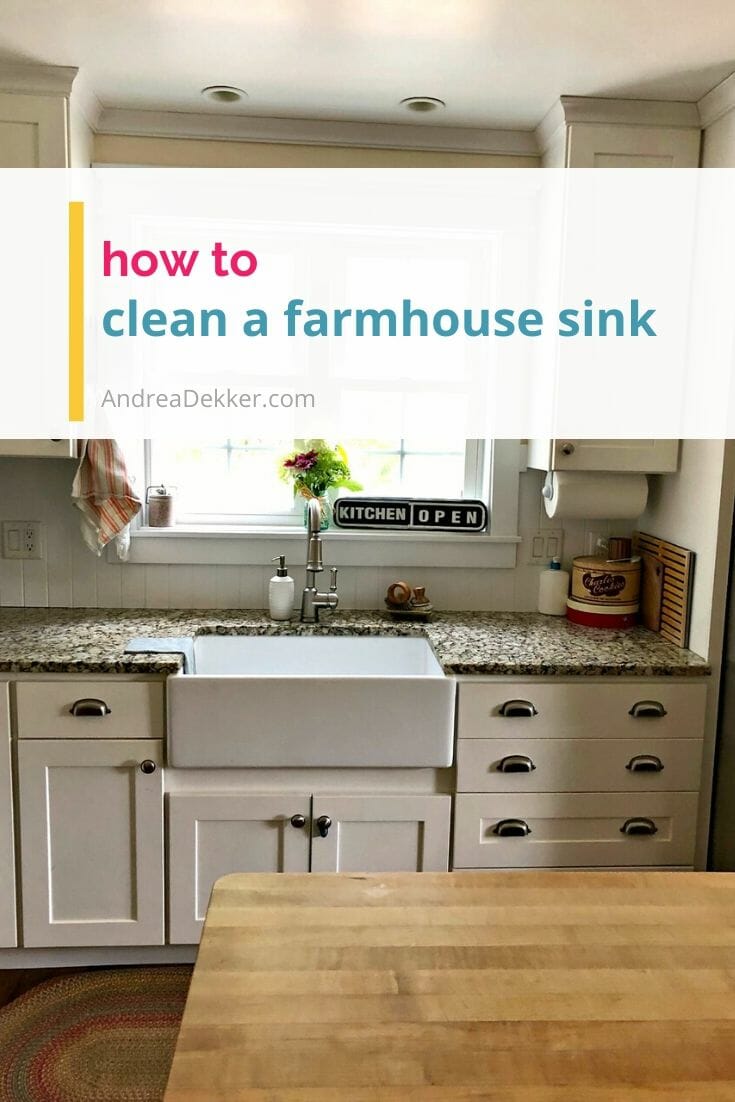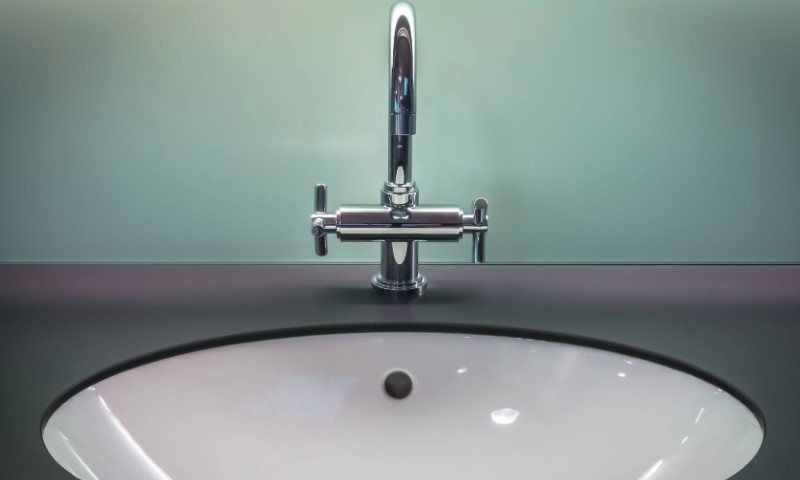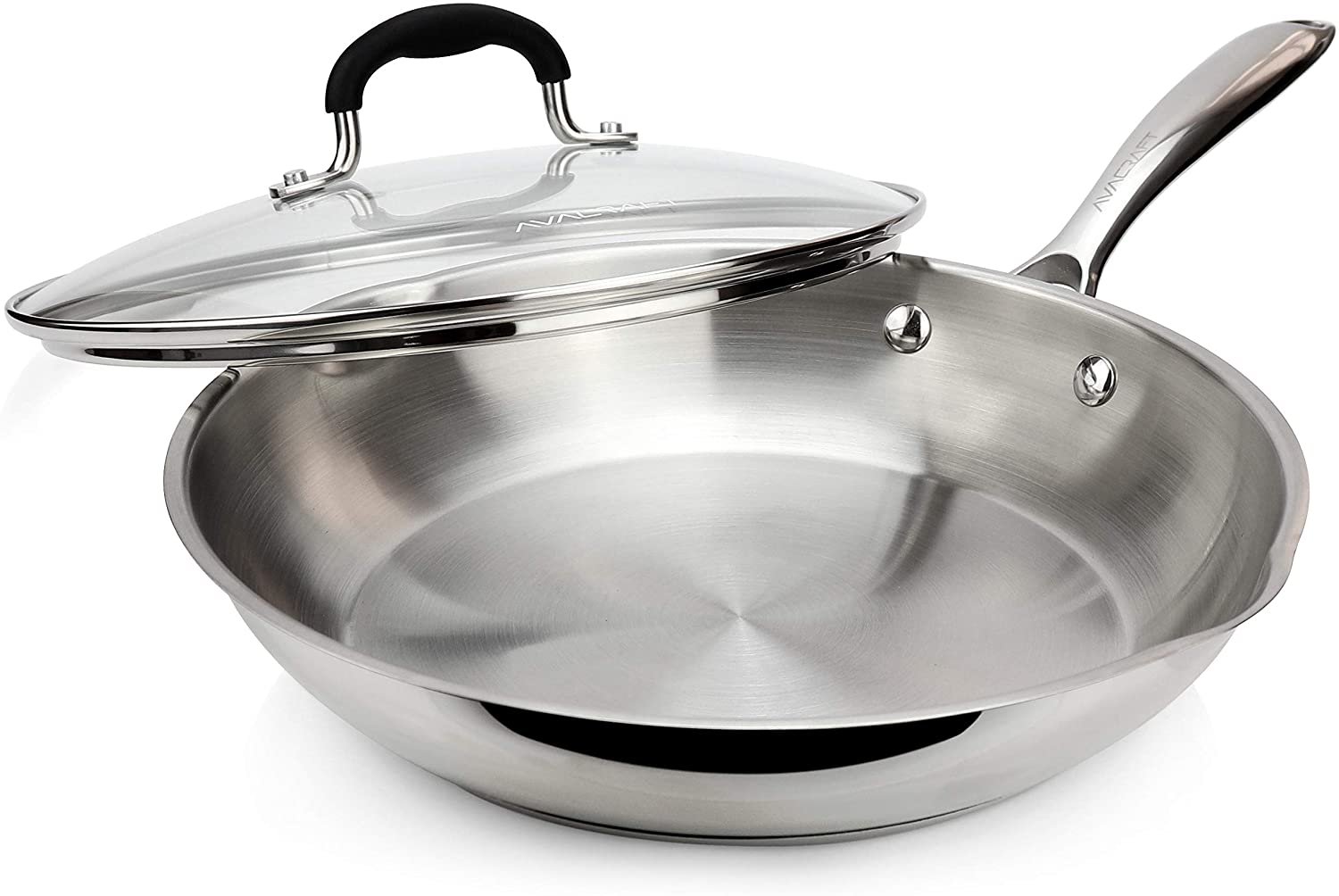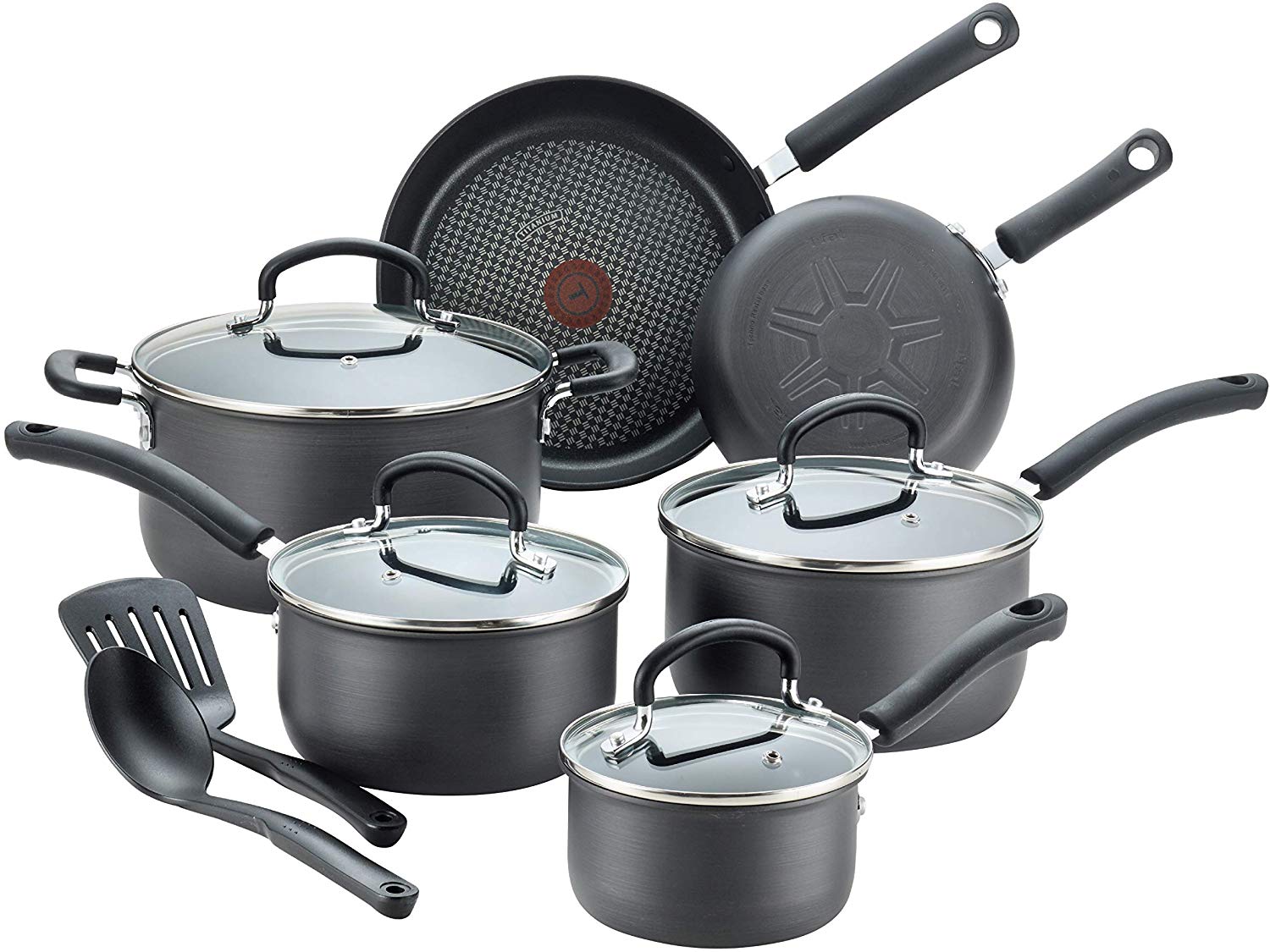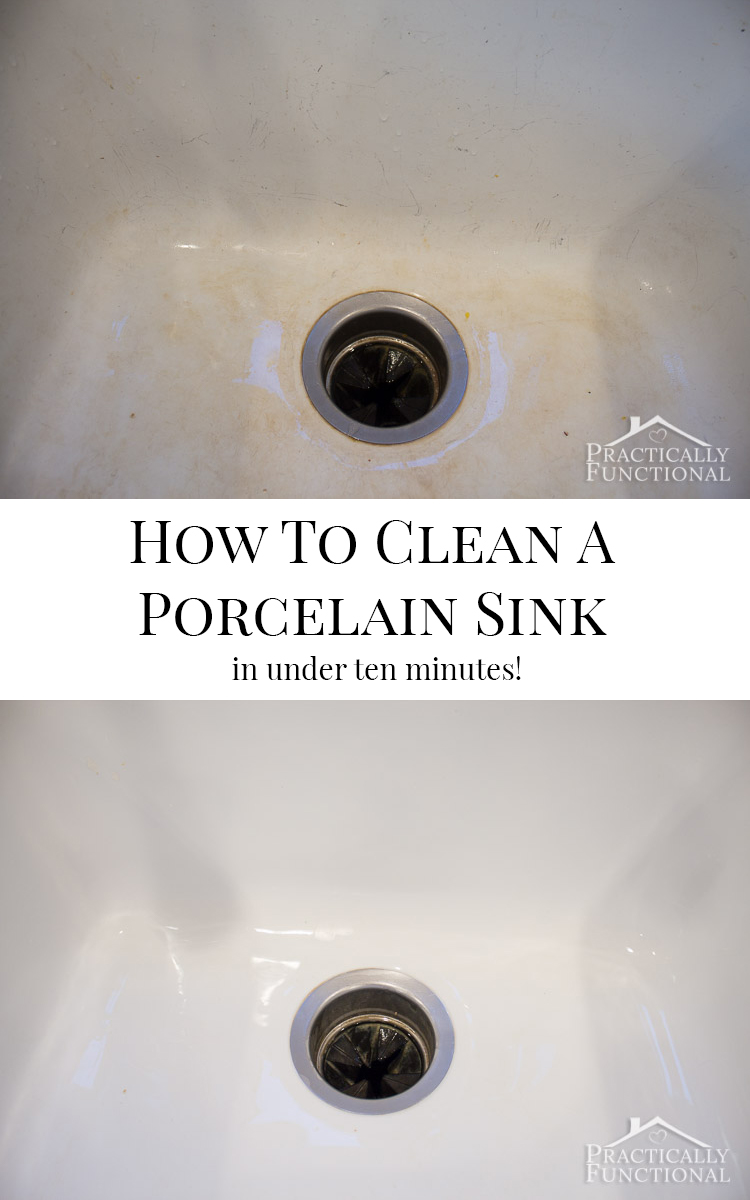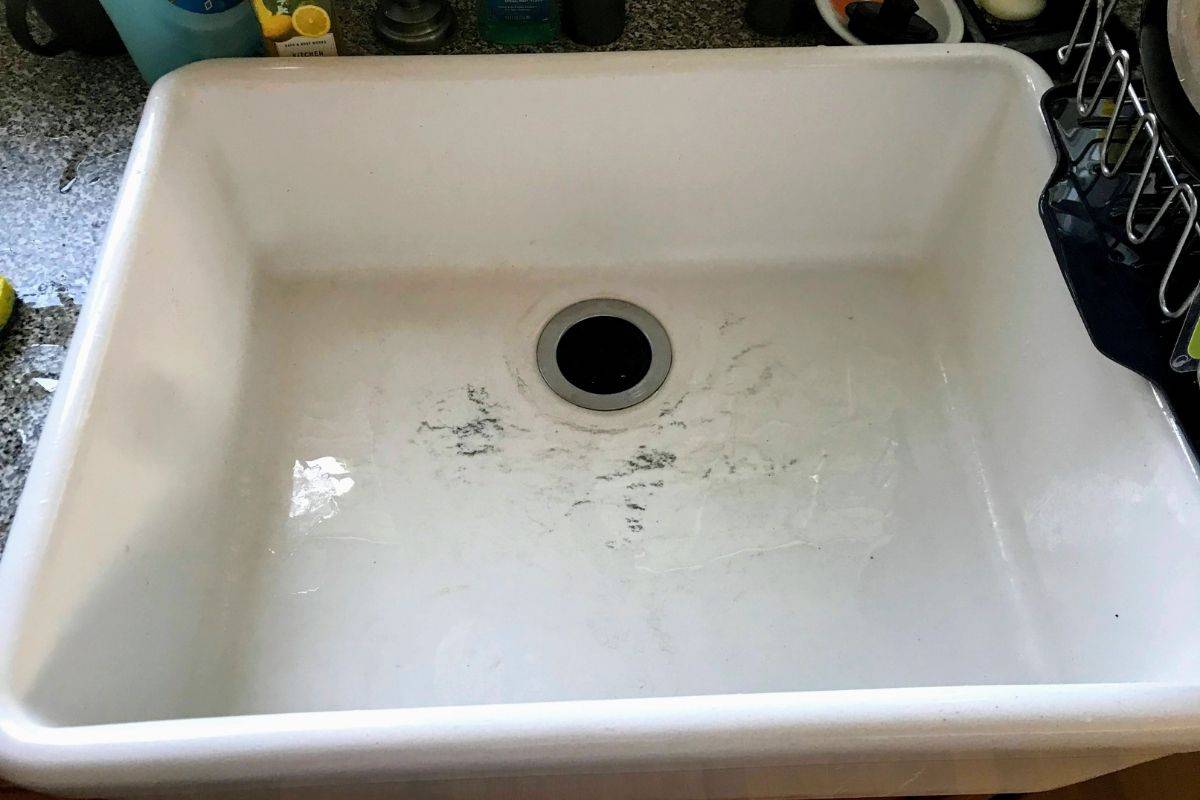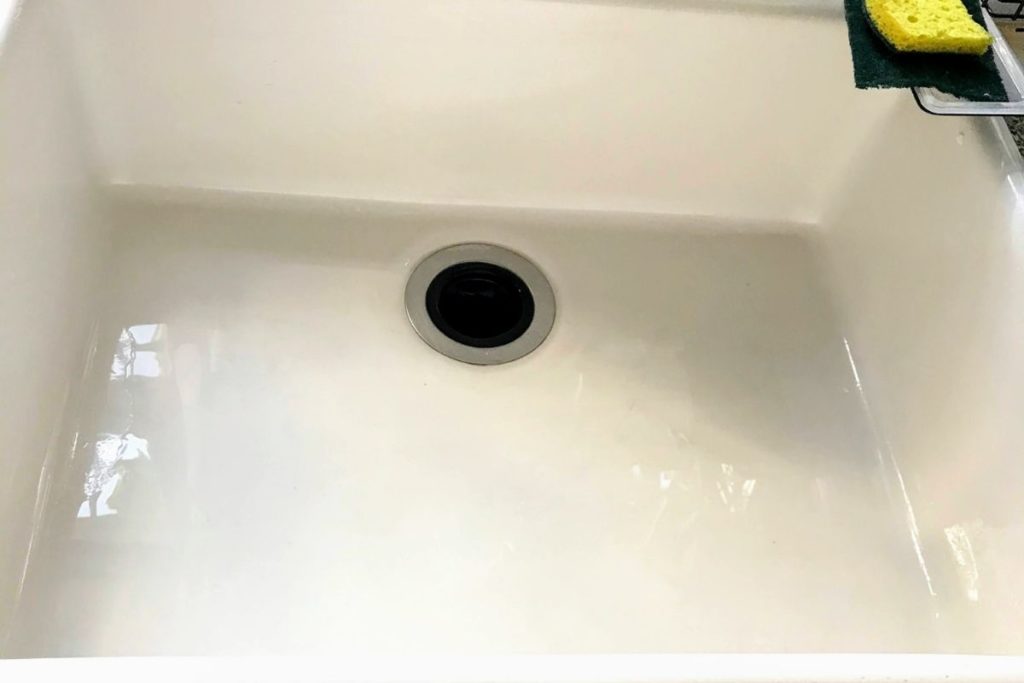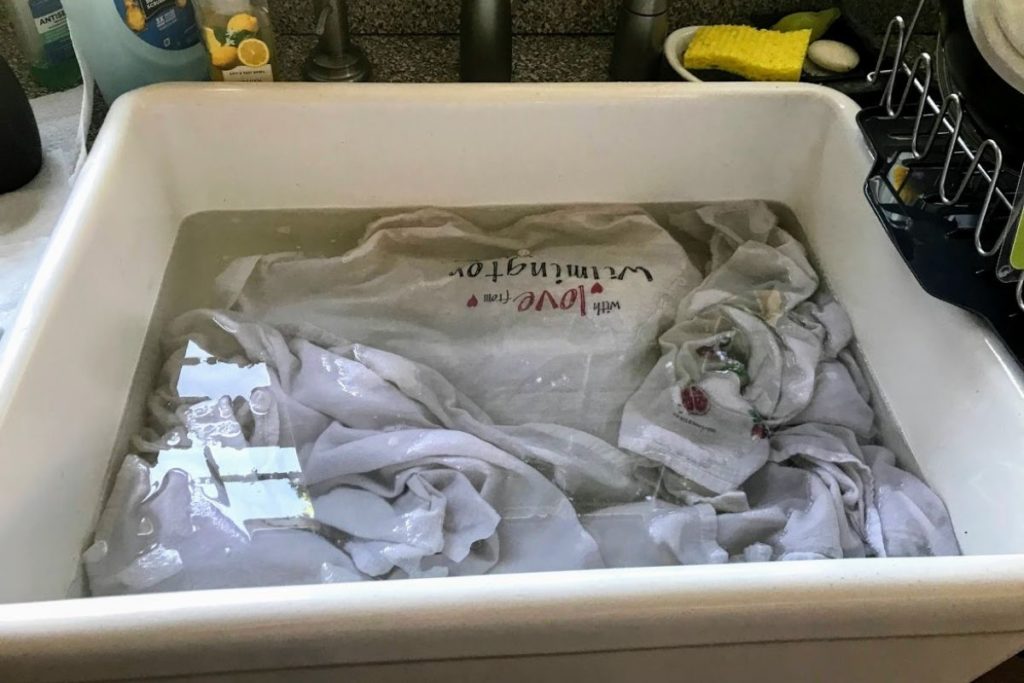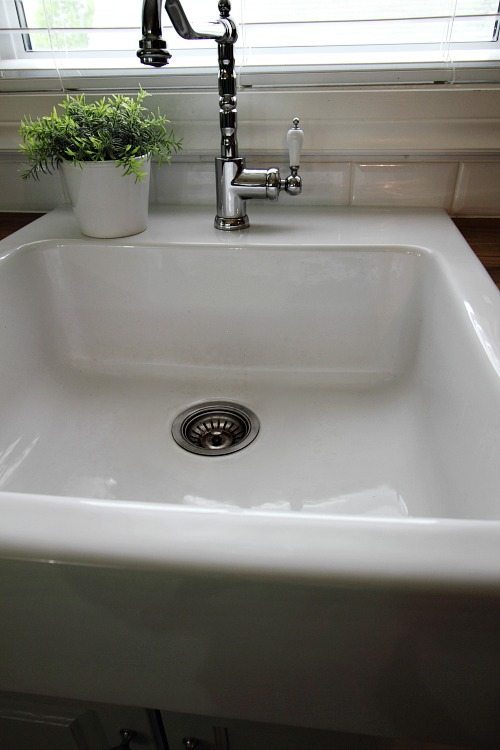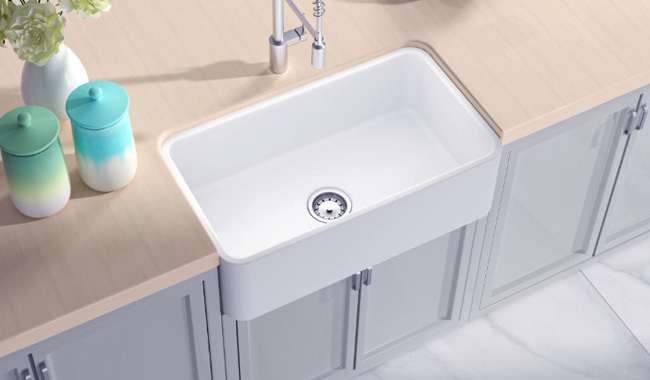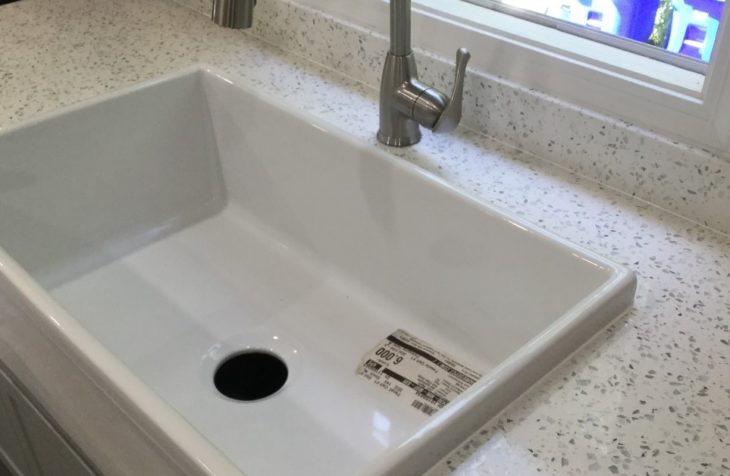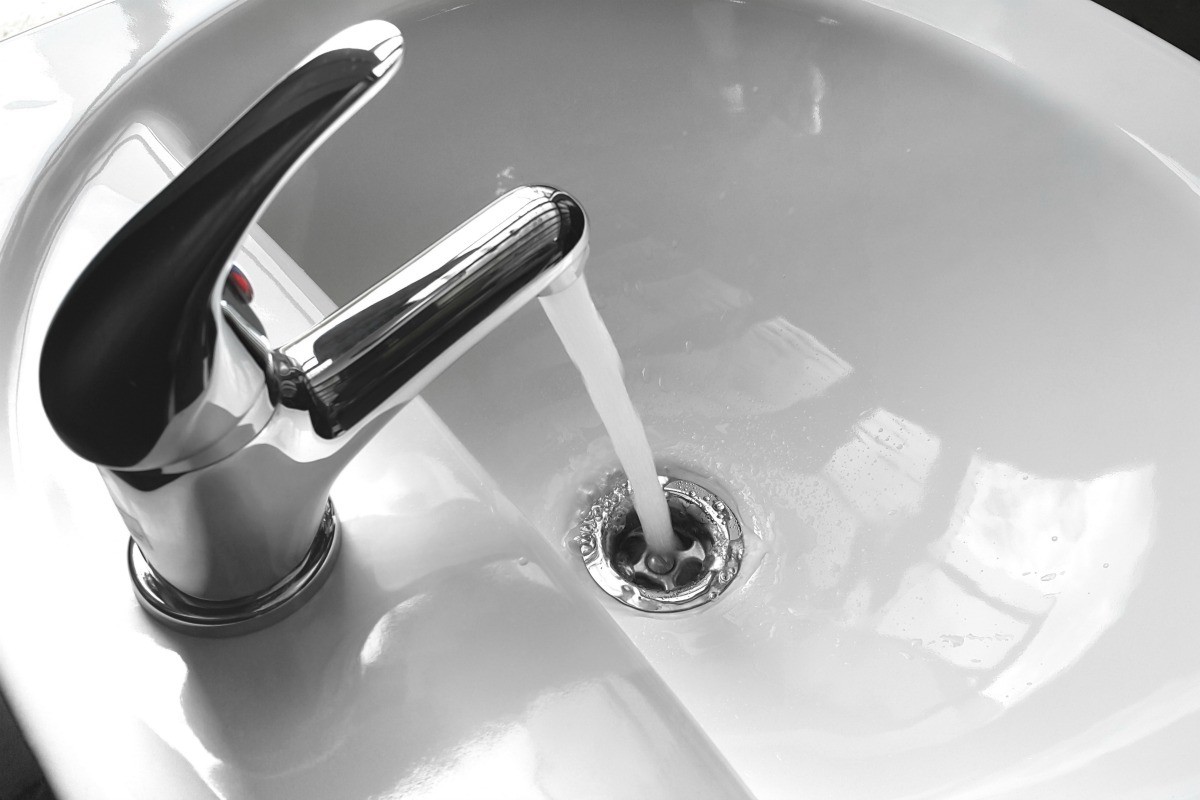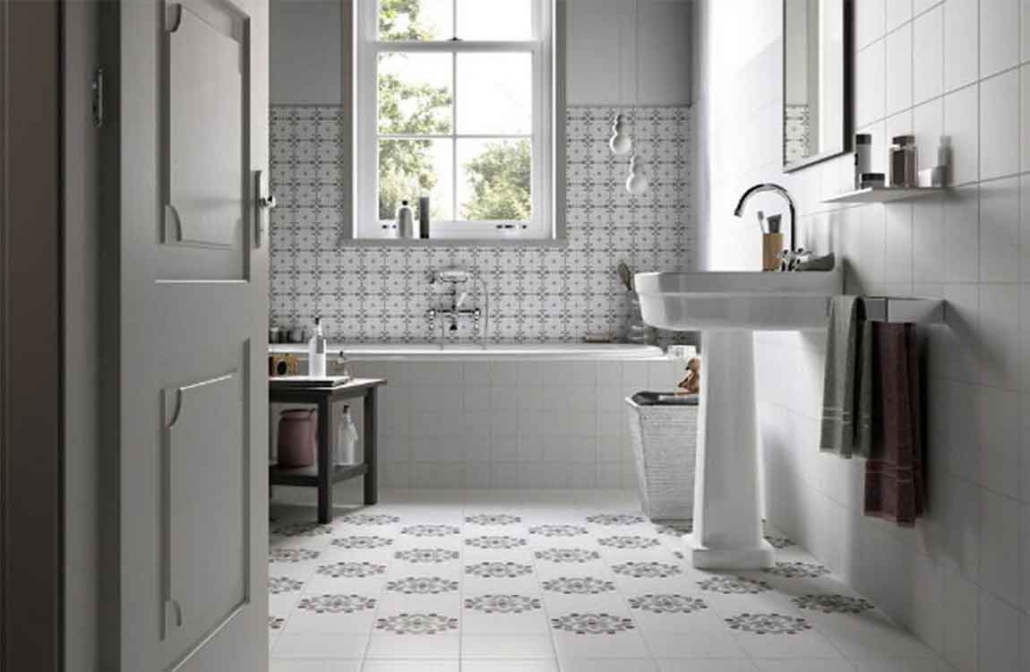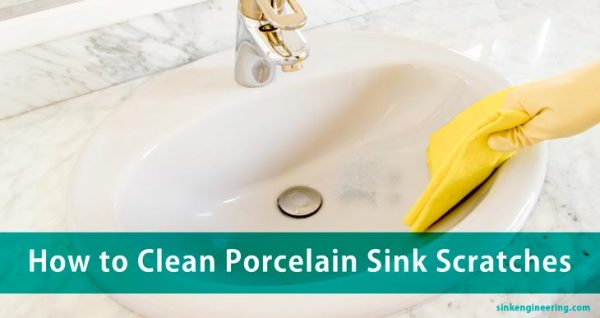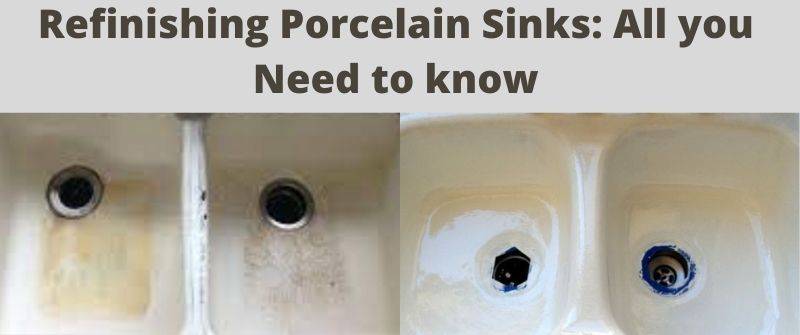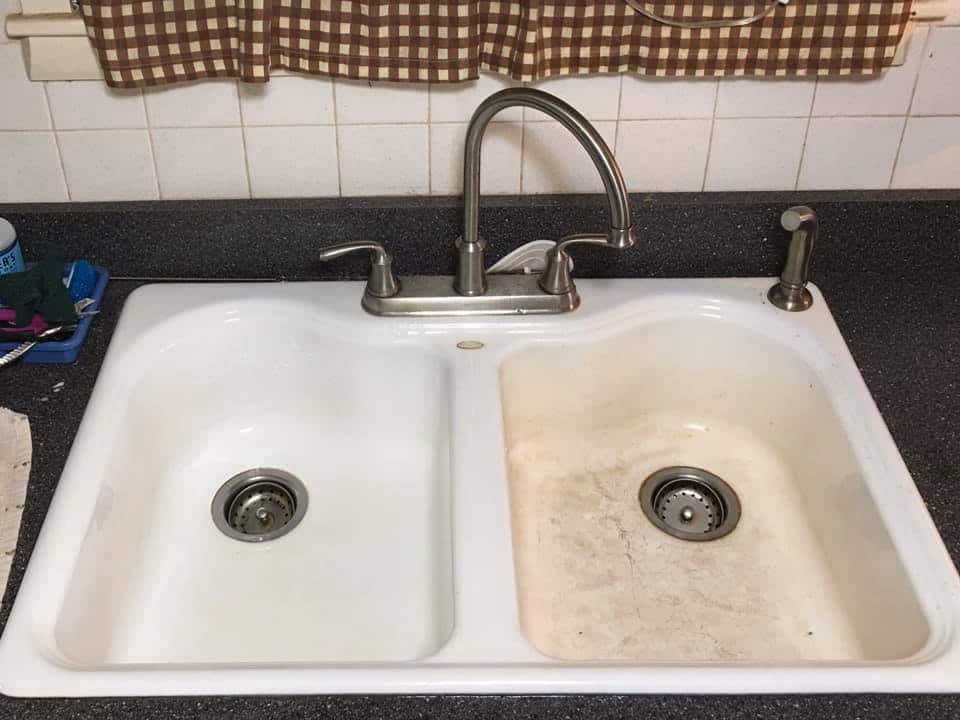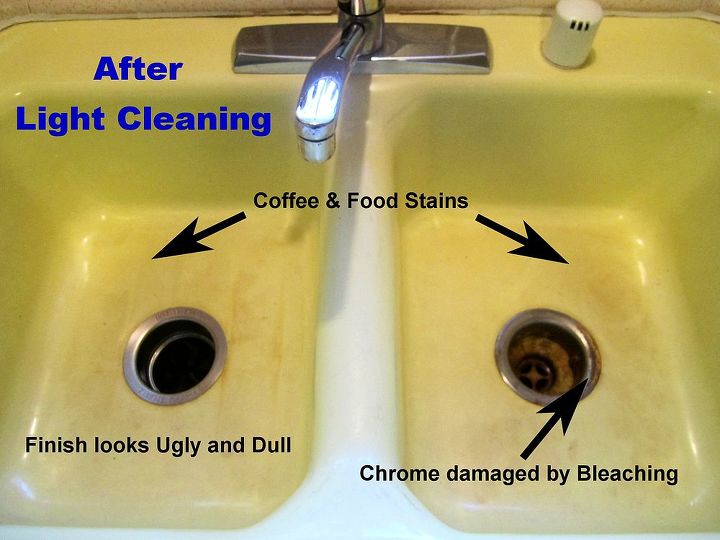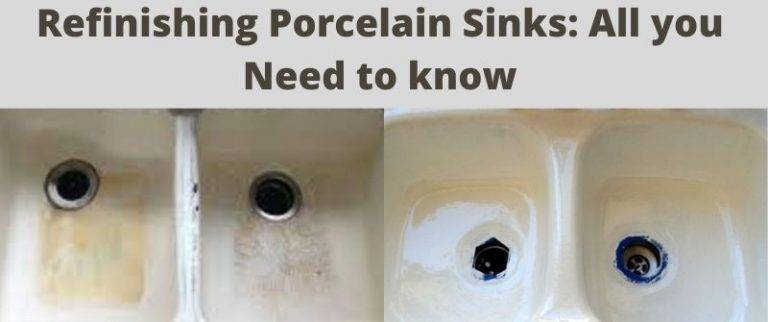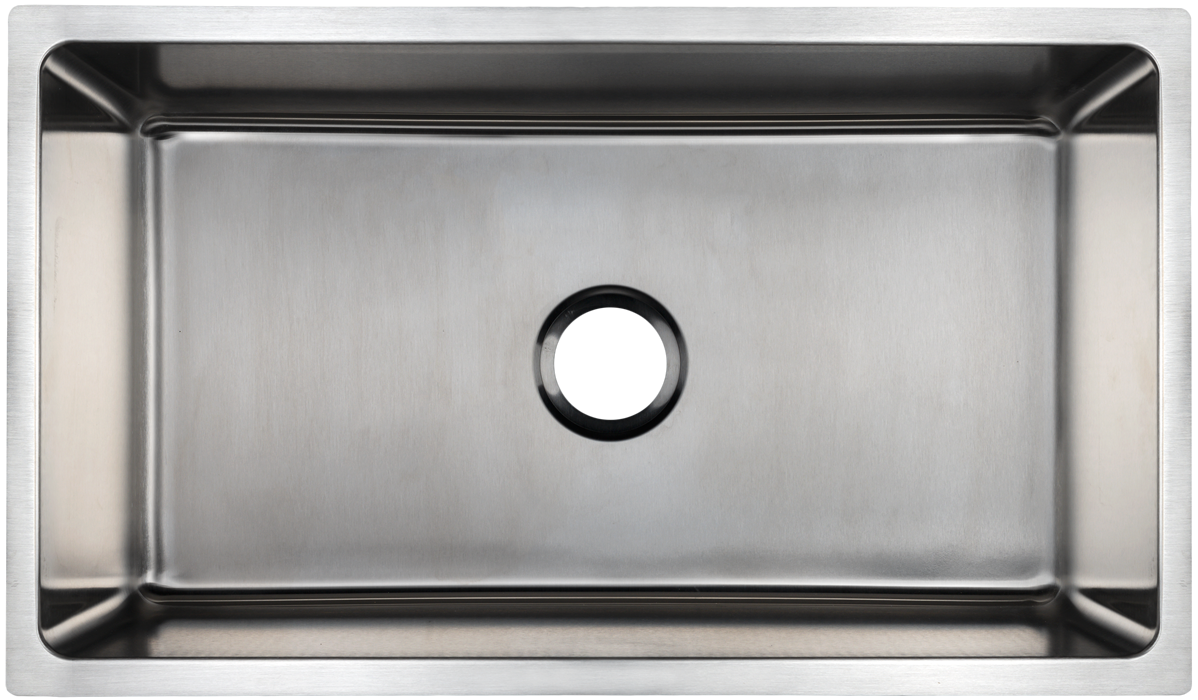Porcelain kitchen sinks are a popular choice for many homeowners due to their durability and timeless look. However, one common issue with these sinks is that they can easily get marks and scratches from everyday use. Luckily, there are steps you can take to prevent these marks from appearing and keep your porcelain sink looking pristine. One of the main causes of marks on a porcelain sink is using abrasive materials or tools to clean it. Avoid using steel wool or harsh scrub brushes, as these can leave scratches on the surface. Instead, opt for a soft sponge or cloth to gently clean your sink. Another way to prevent marks on your porcelain sink is to be mindful of what you place in it. Heavy or sharp objects, such as pots and pans, can cause scratches when placed directly on the sink's surface. To avoid this, use a dish rack or drying mat to protect your sink when washing dishes. If you have a garbage disposal, be careful not to let any metal or hard objects fall into the sink while it is running. These items can bounce around and cause dings and scratches on the porcelain. How to prevent marks on a porcelain kitchen sink
To keep your porcelain sink looking its best, regular cleaning is essential. The best way to clean a porcelain sink is with a mild, non-abrasive cleaner. You can use a store-bought cleaner specifically designed for porcelain or make your own with a mixture of warm water and mild dish soap. Start by wetting the sink and then apply the cleaner to the surface. Use a soft sponge or cloth to gently scrub the sink, paying extra attention to any areas with marks or stains. Rinse thoroughly with warm water and dry with a soft towel. If you have hard water, you may notice a build-up of mineral deposits on your sink's surface. To remove these, you can use a mixture of equal parts water and white vinegar. Apply the solution to the sink and let it sit for a few minutes before scrubbing and rinsing. How to clean a porcelain kitchen sink
Choosing the right pans to use on your porcelain sink can also help prevent marks and scratches. Non-stick pans are a great option as they have a smooth surface that won't scratch the sink. Cast iron and stainless steel pans can also be used, but make sure to handle them carefully and avoid dragging them on the sink's surface. It's also important to avoid using metal utensils on your porcelain sink as they can cause scratches. Instead, use silicone or wooden utensils to protect the sink's surface. Best pans to use on a porcelain kitchen sink
If you do end up with marks or scratches on your porcelain sink, don't panic. There are a few methods you can try to remove them. For small marks, you can use a non-abrasive cleaner and a soft sponge to gently scrub the area. For tougher marks, you can make a paste with baking soda and water and apply it to the affected area. Let it sit for a few minutes before scrubbing and rinsing. If the marks are deeper, you may need to use a fine-grit sandpaper to buff them out. Be sure to use light pressure and work in a circular motion. Finish by rinsing the sink and drying it with a soft towel. How to remove marks from a porcelain kitchen sink
In addition to regularly cleaning your porcelain sink, there are a few other maintenance tips that can help keep it in top condition. Firstly, avoid leaving standing water in your sink for extended periods. This can cause mineral deposits to build up and potentially damage the sink's surface. If you do have hard water, make sure to wipe down the sink after each use to prevent any residue from building up. Secondly, avoid using harsh chemicals or bleach on your porcelain sink. These can cause discoloration and damage to the surface. Stick to mild cleaners or natural solutions, such as lemon juice or baking soda, to keep your sink clean without causing any harm. Porcelain kitchen sink maintenance tips
Prevention is key when it comes to keeping your porcelain sink scratch-free. Besides being mindful of what you place in the sink, there are a few other ways to protect it from scratches. Investing in a sink protector is an easy and effective way to avoid scratches. These are typically made of rubber or silicone and sit on the bottom of the sink to provide a cushioned surface for dishes. You can also use a dish towel or drying mat to help protect your sink when washing dishes. If you have a double sink, try using one side for washing and the other for drying to avoid any accidental bumps or scratches. And always make sure to handle heavy or sharp objects with care when placing them in the sink. Protecting your porcelain kitchen sink from scratches
Aside from non-stick pans, there are a few other factors to consider when choosing the right pans to use on your porcelain sink. Look for pans with smooth, flat bottoms as these won't scratch the sink's surface. Also, avoid pans with rough or textured bottoms, as these can cause scratches. If you're unsure about a pan's compatibility with your sink, try using a silicone mat or trivet between the pan and the sink to provide a buffer. And remember, always handle pans with care when placing them in the sink to avoid any potential scratches. How to choose the right pans for a porcelain kitchen sink
If you prefer to use natural cleaning solutions, there are a few DIY options you can try for your porcelain sink. As mentioned earlier, a mixture of baking soda and water can be used to remove marks and stains. You can also use lemon juice to help remove mineral deposits and leave your sink smelling fresh. For a deep clean, you can make a paste with equal parts baking soda and white vinegar. Apply it to the sink and let it sit for a few minutes before scrubbing and rinsing. This solution can also help remove any lingering odors in your sink. DIY cleaning solutions for porcelain kitchen sinks
In addition to marks and scratches, porcelain sinks are also prone to staining. To prevent stains, make sure to wipe down your sink after each use and avoid leaving any acidic foods or liquids, such as tomato sauce or coffee, on the surface for extended periods. If you do end up with a stain, you can use a mixture of baking soda and hydrogen peroxide to help remove it. It's also a good idea to regularly clean and disinfect your sink's drain to prevent any build-up of bacteria or odors. Simply pour a mixture of equal parts baking soda and white vinegar down the drain and let it sit for a few minutes before rinsing with hot water. Preventing stains on a porcelain kitchen sink
Proper care and maintenance are key to keeping your porcelain sink looking its best for years to come. Along with regular cleaning, make sure to handle your sink with care and avoid using any harsh chemicals or tools that can cause damage. By following these tips, you can prevent marks, scratches, and stains on your porcelain kitchen sink and keep it in pristine condition. Remember to always use gentle cleaning methods and be mindful of what you place in the sink to protect its surface. With proper care, your porcelain sink can continue to add beauty and functionality to your kitchen for years to come. How to properly care for a porcelain kitchen sink
Preventing Scratches on Your Porcelain Kitchen Sink

Protecting Your Investment in Style and Functionality
 If you have recently installed a
porcelain kitchen sink
in your home, you know that it offers a beautiful and classic look to your kitchen. However, one of the downsides to this material is that it can easily get
scratched or marked
when using heavy pans or utensils. Not only can this affect the appearance of your sink, but it can also impact its functionality. But don't worry, there are some simple steps you can take to
prevent scratches and keep your porcelain sink looking new for years to come.
If you have recently installed a
porcelain kitchen sink
in your home, you know that it offers a beautiful and classic look to your kitchen. However, one of the downsides to this material is that it can easily get
scratched or marked
when using heavy pans or utensils. Not only can this affect the appearance of your sink, but it can also impact its functionality. But don't worry, there are some simple steps you can take to
prevent scratches and keep your porcelain sink looking new for years to come.
Invest in Protective Mats or Racks
 One of the easiest ways to prevent scratches on your porcelain kitchen sink is to use protective mats or racks. These can be placed in the bottom of your sink to act as a barrier between your dishes or pans and the surface of the sink. Look for mats or racks that are specifically designed for porcelain sinks and that have a rubber or silicone coating to prevent slipping. These can be easily removed and cleaned, and will
help to distribute weight evenly
to avoid any damage.
One of the easiest ways to prevent scratches on your porcelain kitchen sink is to use protective mats or racks. These can be placed in the bottom of your sink to act as a barrier between your dishes or pans and the surface of the sink. Look for mats or racks that are specifically designed for porcelain sinks and that have a rubber or silicone coating to prevent slipping. These can be easily removed and cleaned, and will
help to distribute weight evenly
to avoid any damage.
Be Mindful of What You Place in the Sink
 When washing dishes or preparing food, it's important to be mindful of what you place in your porcelain sink. Avoid placing heavy or sharp objects directly on the surface, as this can cause scratches or marks. Instead, consider using a plastic or silicone tub for washing and draining dishes, or a cutting board for preparing food. Not only will this help to prevent scratches, but it will also make cleaning your sink much easier.
When washing dishes or preparing food, it's important to be mindful of what you place in your porcelain sink. Avoid placing heavy or sharp objects directly on the surface, as this can cause scratches or marks. Instead, consider using a plastic or silicone tub for washing and draining dishes, or a cutting board for preparing food. Not only will this help to prevent scratches, but it will also make cleaning your sink much easier.
Use Gentle Cleaning Products and Techniques
 When it comes to cleaning your porcelain kitchen sink, it's important to use gentle products and techniques. Avoid harsh chemicals or abrasive cleaners, as these can cause scratches and damage to the surface. Instead, opt for
mild dish soap and warm water
to clean your sink. You can also make your own gentle cleaner by mixing equal parts of water and vinegar. When cleaning, use a soft cloth or sponge and avoid scrubbing too vigorously.
When it comes to cleaning your porcelain kitchen sink, it's important to use gentle products and techniques. Avoid harsh chemicals or abrasive cleaners, as these can cause scratches and damage to the surface. Instead, opt for
mild dish soap and warm water
to clean your sink. You can also make your own gentle cleaner by mixing equal parts of water and vinegar. When cleaning, use a soft cloth or sponge and avoid scrubbing too vigorously.
Consider a Professional Refinishing
 If your porcelain sink has already been scratched or marked, don't worry, there is still hope. Consider hiring a professional to refinish your sink and restore it to its original beauty. This process involves sanding down the surface and applying a new glaze to restore its shine and durability. While this may be a more expensive option, it can greatly extend the lifespan of your sink.
By following these simple tips, you can prevent scratches and keep your porcelain kitchen sink looking like new.
With proper care and maintenance, this classic and elegant material will continue to add style and functionality to your kitchen for years to come.
If your porcelain sink has already been scratched or marked, don't worry, there is still hope. Consider hiring a professional to refinish your sink and restore it to its original beauty. This process involves sanding down the surface and applying a new glaze to restore its shine and durability. While this may be a more expensive option, it can greatly extend the lifespan of your sink.
By following these simple tips, you can prevent scratches and keep your porcelain kitchen sink looking like new.
With proper care and maintenance, this classic and elegant material will continue to add style and functionality to your kitchen for years to come.



